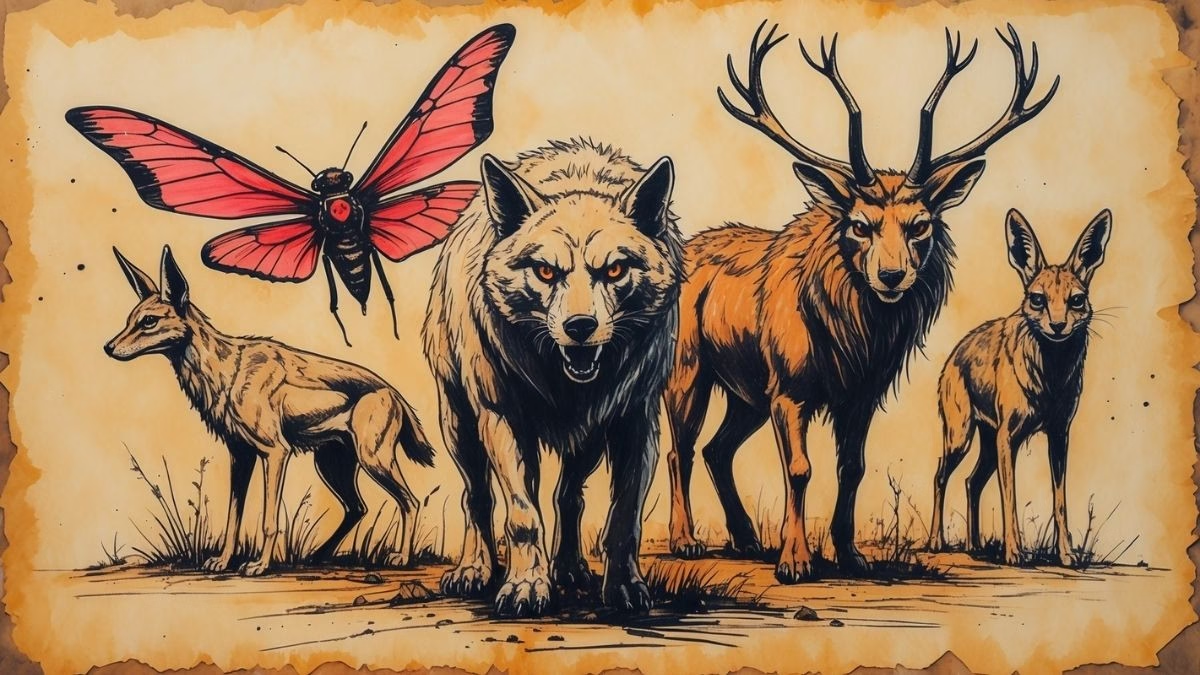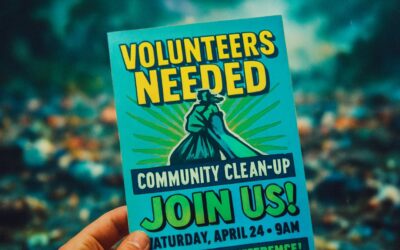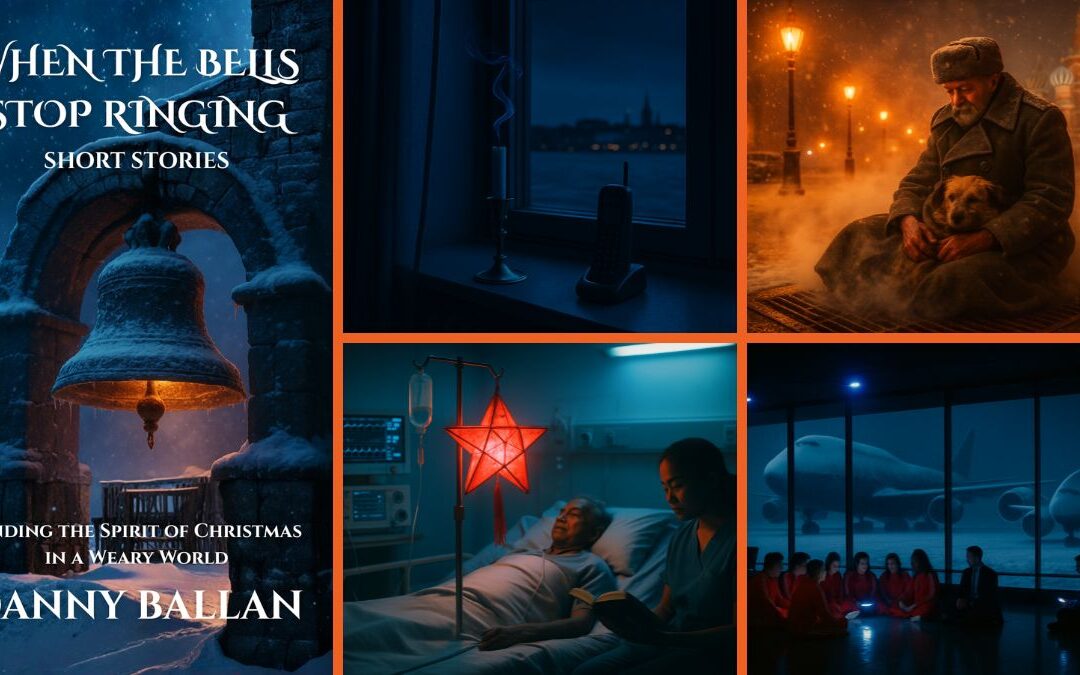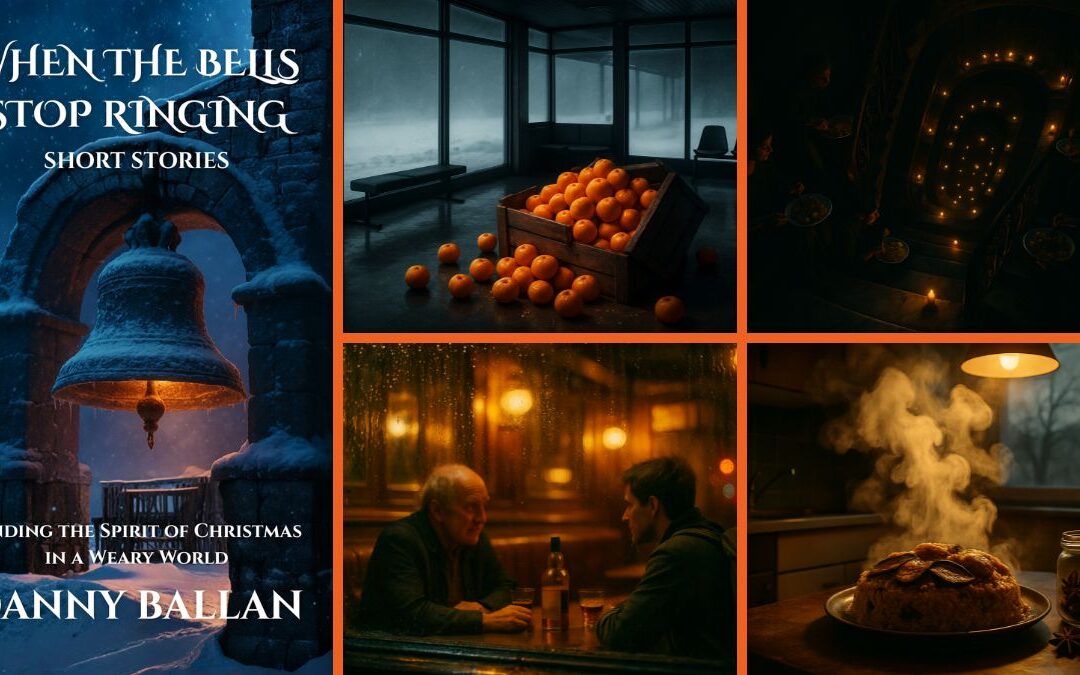How to Approach This Lesson
Welcome to this writing challenge! We’re going to break down how to write a specific, creative piece: a podcast introduction. The best way to use this lesson is to follow along, step by step. First, we’ll understand the goal and make a plan. Then, we’ll walk through that plan together, looking at good and bad examples, until we’ve built a final, polished piece. Don’t just read it; think about the choices being made at each stage. This will help you master the skills, not just the task.
The Challenge: Hook Your Listeners Instantly
So, here’s our task: Compose a podcast episode introduction announcing a new series on urban legends.
Sounds fun, right? But it’s also a great test of your writing skills. A podcast intro has one primary job: to hook the listener within the first 30 seconds and make them want to keep listening. You need to create atmosphere, spark curiosity, and clearly state what the show is about. It’s a blend of creative, persuasive, and informative writing—skills that are incredibly valuable in any English exam, whether you’re writing an essay introduction or a compelling story.
So, how do we get there? Let’s map it out. A great intro needs a few key ingredients. Here’s our plan:
- The Hook: Start with a question or a chilling statement that grabs attention.
- The Premise: Briefly explain what urban legends are and why they fascinate us.
- The Promise: Announce the new series and tell the listener what they can expect from it (e.g., exploring origins, dissecting stories).
- The Outro/Call-to-Action: A quick, memorable sign-off and an invitation to listen.
Ready to build this thing from the ground up? Let’s go.
Your Step-by-Step Guide to a Gripping Podcast Intro
Step 1: The Hook – Your First 10 Seconds
[ppp_patron_only level=5]
The first line is everything. It needs to be intriguing and set the tone. Your goal is to make someone stop scrolling and listen.
A Bad Example (Too Boring):
“Hello and welcome to our show. This show is about urban legends. In this series, we will talk about many of them.”
This is flat and uninspired. It tells but doesn’t show. There’s no mystery, no atmosphere.
Let’s try brainstorming some hooks:
- A direct question: “Have you ever heard a story that sounded so real, yet so unbelievable, you couldn’t help but wonder?”
- A mysterious statement: “The best stories are the ones we’re not sure we should believe.”
- A sensory detail: (Sound of a car driving on a deserted road at night) “You’re driving alone. The road is dark. And then you see it… a lone figure in your headlights.”
Let’s pick the mysterious statement. It’s thought-provoking and immediately creates a sense of intrigue.
Our First Draft (The Hook):
(Somber, intriguing music begins)
Host: The best stories are the ones we’re not sure we should believe.
Step 2: The Premise – Setting the Scene
Now that we have their attention, we need to quickly transition into the topic. What are we talking about? Urban legends. But let’s define that in an interesting way.
A Common Mistake: Getting too academic. Don’t just say, “An urban legend is a form of modern folklore…” That kills the mood. We need to connect the idea to the listener’s experience.
Let’s link our hook to the premise. We’re talking about stories we’re not sure we should believe.
Our Second Draft (Hook + Premise):
(Somber, intriguing music begins)
Host: The best stories are the ones we’re not sure we should believe. They’re whispered in school hallways, told around campfires, and shared in hushed tones online. They’re the stories of the vanishing hitchhiker, the call coming from inside the house, the monster that lives just outside of town. They’re urban legends.
See how that works? We didn’t just define it; we showed where these stories live and gave famous examples. The tone is consistent and creepy.
Step 3: The Promise – What’s in It for the Listener?
Okay, they’re hooked, and they know the topic. Now, why should they subscribe to this series? You need to make a promise. What will you deliver?
A Weak Example (Too Vague):
“In this series, we will discuss many legends.”
This doesn’t offer any unique value. Let’s be more specific. Are we debunking them? Exploring their history? Retelling them?
Let’s promise a deep dive that goes beyond just retelling the stories.
Our Third Draft (Hook + Premise + Promise):
(Somber, intriguing music begins)
Host: The best stories are the ones we’re not sure we should believe. They’re whispered in school hallways, told around campfires, and shared in hushed tones online. They’re the stories of the vanishing hitchhiker, the call coming from inside the house, the monster that lives just outside of town. They’re urban legends. And for the next eight weeks, we’re going to turn on the lights and look closer. This is ‘Local Lore,’ the new podcast series where we don’t just retell the tales that haunt our towns. We dig into their origins, unpack the warnings they carry, and ask… what if some of them are true?
This is much stronger. It gives the series a name (‘Local Lore’), a format (digging into origins and warnings), and a thrilling central question (“what if some of them are true?”).
Step 4: The Outro – A Memorable Finish
We just need a quick, punchy way to end the intro.
Our Final, Polished Version:
(Somber, intriguing music swells slightly and then fades to a low hum)
Host: The best stories are the ones we’re not sure we should believe. They’re whispered in school hallways, told around campfires, and shared in hushed tones online. They’re the stories of the vanishing hitchhiker, the call coming from inside the house, the monster that lives just outside of town. They’re urban legends.
And for the next eight weeks, we’re going to turn on the lights and look closer.
This is ‘Local Lore,’ the new podcast series where we don’t just retell the tales that haunt our towns. We dig into their origins, unpack the warnings they carry, and ask… what if some of them are true?
Our first episode, The Hook-Handed Man on Lovers’ Lane, drops this Friday. Find us wherever you get your podcasts.
Just… maybe listen with the lights on.
(Music swells and cuts abruptly)
This final version adds a specific first episode to build anticipation and a clever, on-brand final line.
Key Takeaways & Your Next Challenge
So, what have we learned?
- Hook First: Your opening line determines if they stay or go. Make it count.
- Tone is King: Ensure your language, music cues, and delivery all match the mood you’re trying to create.
- Be Specific: Don’t just say what you’re doing, explain the value you’re offering the listener. Why is your take unique?
- Show, Don’t Tell: Instead of defining urban legends, we evoked the feeling of them with examples.
Your Optional Writing Challenge:
Now it’s your turn. Using these steps, write a short (approx. 150 words) podcast introduction for a new series on “Forgotten Histories,” focusing on overlooked events or people from the past.
Remember, practice is the only way to truly master these skills. So take on the challenge and see what amazing introduction you can create!
[/ppp_patron_only]










0 Comments